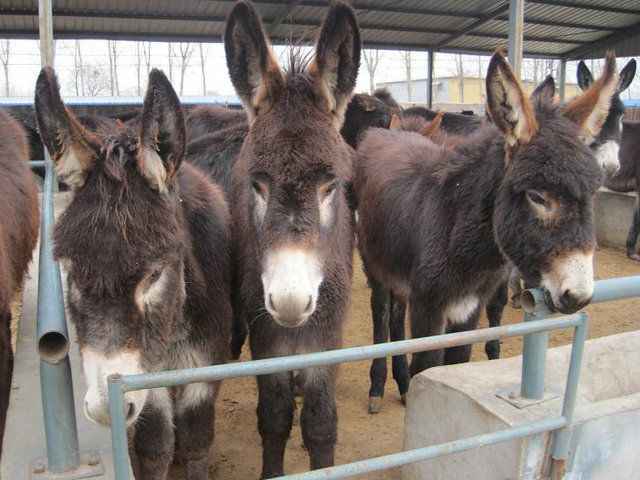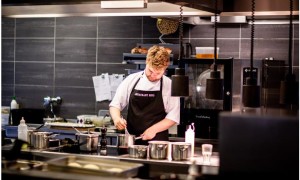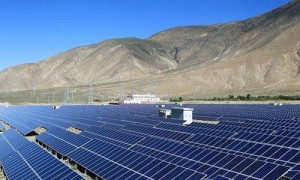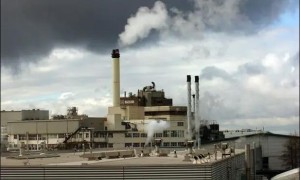导读:近期阿胶市场异常火爆,与此同时据国内外媒体报道,由于中国毛驴供不应求,阿胶厂商在全世界找驴。

When it comes to overseas consumption by Chinese buyers, Louis Vuitton is not the only popular "LV." The LV abbreviation spells "donkey" in pinyin, and Chinese consumers are increasingly interested in real donkeys as well as LV bags.
当说到中国买家们到海外购物时,路易·威登并不是唯一一种受追捧的“LV”。路易威登缩写“LV”在拼音里的读作“驴”,而中国消费者们越来越对驴和LV包包感兴趣。
Donkeys imported from overseas already account for some 20 percent of the total products at Dong’e E jiao, one of the largest companies dealing E Jiao, or donkey-hide gelatin, according to the company’s president Qin Yufeng.
据东阿阿胶集团总裁秦玉峰(音)表示说,从国外进口驴的数量目前已经占据该公司总产品的20%,东阿阿胶集团是中国最大的阿胶制作公司之一。
Meanwhile, the number of donkeys imported from Nepal to China saw a great increase in 2016, already close to 80,000 before the year’s end. At the same time, in Burkina Faso, some 45,000 donkeys were slaughtered within six months, Guancha.cn reported.
与此同时,2016年尼泊尔出口到中国的毛驴数量大幅增加,在今年年底前已经接近80000头。与此同时据观察网报道,在布基纳法索6个月内已经宰杀了45000头毛驴。
China needs about 4 million donkeys each year to satisfy market demand, as the nation’s annual E Jiao production is estimated at more than 5,000 tons. However, the actual supply is only around 1.8 million, the Xinhua News Agency reported.
中国每年需要400万头毛驴才能够满足市场需要,国内每年阿胶产量预计超过5000吨。然而据新华社报道,每年供应的毛驴实际只有180万头左右。
E Jiao is gelatin obtained from donkey skin through a process of soaking and stewing. It is often used in Chinese medicines to treat bleeding, dizziness, insomnia and coughing.
阿胶是通过将驴皮浸泡、蒸煮过后得到的一种明胶。阿胶经常被当作一种中药,用来治疗出血、头晕、失眠和咳嗽。
For Dong’e E Jiao alone, the company needs over 1 million donkey skins every year, but the supply always falls short, the company’s managers admitted in an interview with Beijing Youth Daily.
东阿阿胶公司经理在接受《北京青年报》采访时承认说,单单就该公司来说,每年需要100多万张驴皮,但是供应量经常不能满足。
National data on livestock shows a sharp drop of donkey numbers in China. They have declined to about 5 million from 11 million in the 1990s. The number is still declining at a rate of over 3 percent, according to Beijing Youth Daily.
据国家牲畜数据显示,中国活毛驴存量急剧下降。上个世纪90年代,中国毛驴存量从1100万下降到了500万。据《北京青年报》报道,毛驴数量仍然在以每年3个百分点的速度减少。







